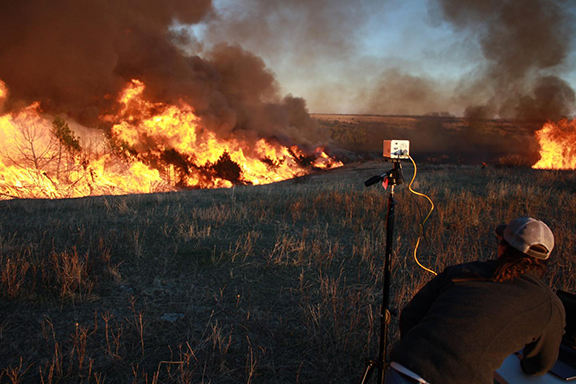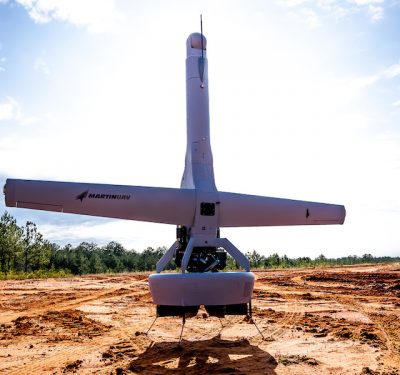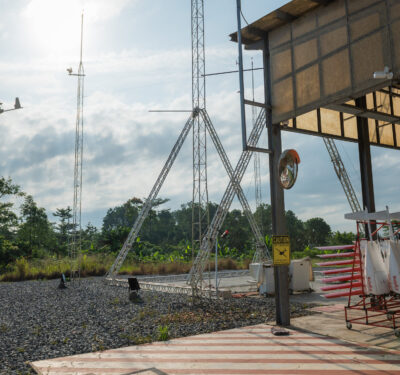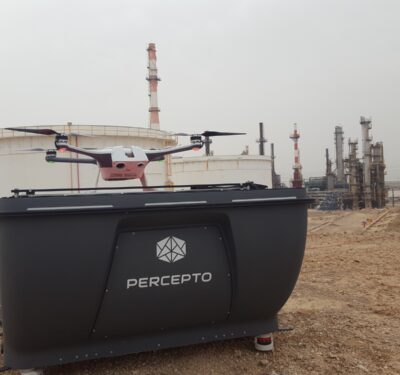
UNL Graduate student Christina Bielski recorded data during a high intensity prescribed fire burning through juniper-invaded grassland on private property. Photo: Dirac Twidwell.
Aviation regulators are asking for public comment on an exemption for a drone that would, while in flight, release ping pong-ball sized chemical spheres designed to burst into flame upon impact.
Silver Wings Drone Services of Metairie, Louisiana wants to use such a drone to help limit the impact of wildfires and protect habitat by supporting planned, controlled burns to clear out underbrush.
The firm plans to use a DJI Matrice 600 Variant fitted with an IGNIS Fire System, according to its waiver request. Upon command, the spheres will be injected with glycol, starting a chemical reaction that will generate flames after being dropped and upon landing on the ground. To operate the service Silver Wings will need an exemption from the requirement that unmanned aircraft not carry hazardous materials.
This type of drone application has been under study at the NIMBUS (Nebraska Intelligent MoBile Unmanned Systems) Lab at the University of Nebraska-Lincoln (UNL). Nebraska officials are particularly interested in using controlled fires to fight woody shrubs and an invasive tree species called the Eastern Red Cedar, which are destroying grasslands in the Great Plains. One of the challenges is that current techniques do not create fires hot enough to kill the shrubs.
“We used to say we couldn’t kill juniper after they grew to about six feet. That belief really effected policy. It’s not true,” said ecologist and University of Nebraska professor Dirac Twidwell in a 2016 statement.
Supported by grants from the National Science Foundation and Nebraska Games and Parks the NIMBUS team has done testing as well as fire modeling for trajectory and ignition planning and optimization, according to the UNL publication Nebraska Today. They also looked at communications including for multi-vehicle operations and via creative channels such as using the drones’ motions as a way to convey a message. NIMBUS researches also reached out to the fire community and to the general public — in the latter case to understand attitudes towards unmanned aircraft systems (UAS) and using drones for this kind of application.
One of the advantages of using drones for prescribed fires is that it is far safer than having the blazes set by firefighters who typically move on foot across the target area with a drip torch. If the wind changes, which is not unusual on the Great Plains, the firefighters could be in danger.
Homestead National Monument, which has one of the oldest restored tallgrass prairies in the nation, regularly uses planned burns to keep cedars and shrubs from taking over.
“A tool like this might be one of the answers to making these fires safer,” said Mark Engler, superintendent at Homestead told Nebraska Today.“This is an important test. It is important to us to help UNL develop this technology,”
The Federal Aviation Administration is requesting public’s feedback on the Silver Wings exemption request and has set a deadline of Oct. 4. To submit comments go to http://www.regulations.gov and search for Docket number FAA-2018-0652.






